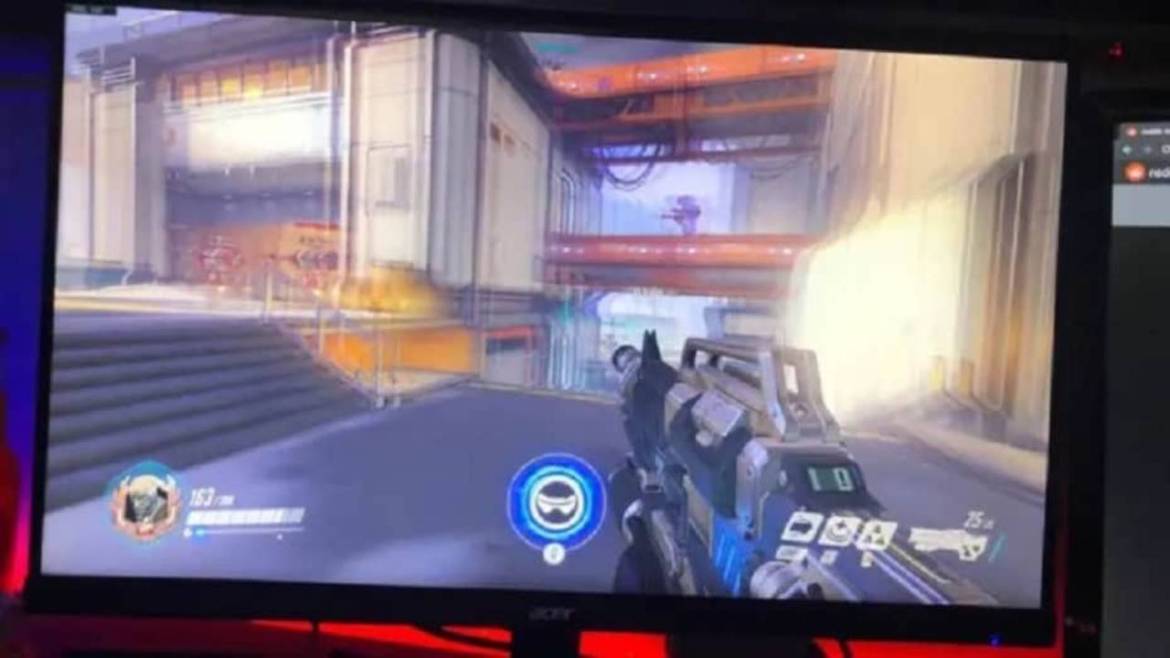Many people today focus on screen resolution first when choosing a monitor for their computer. Then, he chooses the device he will buy by making an evaluation according to the type of panel and the budget. But if we want to get a better user experience while purchasing these products, we should also pay attention to Hz and MS values. So what is the MS (Reaction Time) on monitors?
What is the MS (Reaction Time) time?
MS, which stands for Response Time in Monitors, represents the arrival time of the image transferred from the panel to the screen. Pixels inside the panel reflect different colors to create an image. As this time increases, ghosting on the screen and dark areas in the image occur. Therefore, the lower the MS value, the better.

Ghosting problem that occurs when the MS time increases
MS duration, which we can better understand when we play games with high motion, especially on player computers, it will be difficult for our eyes to distinguish the difference when it is below a certain level. . This value is also considered to be roughly 5 MS.
Of course, until a few years ago, only TN panel type monitors could give values of 5 MS and below. Therefore, people who wanted an IPS screen for high color accuracy and high viewing angle either had to pay very high prices or waived this feature.

Motion Blur
that occurs when MS time increases, but nowadays almost all IPS, VA and TN panels can support up to 1 MS. In addition, this situation is not highly reflected in the prices. Therefore, TN panels have become something that does not represent high performance but an affordable price. Of course, we say this compared to its competitors with the same resolution and refresh rate.
In addition, the refresh rate of the monitor you will buy is also a determining factor on the MS time. For example, on a relatively old 60 Hz monitor, the 16 MS duration is not that noticeable, while on a 144 or 240 Hz monitor, this value reaches an unacceptable level when it goes above 8 levels.

Input Lag that occurs when MS time rises (the incoming image is really different)
But everything may not be as it seems. For example, the black-to-black transition time of a monitor’s pixels is measured in 5 MS, while the black-to-red transition time can be increased to 20 MS values. However, on a 2 MS monitor, this value will drop to 15. In addition, at this point, even the quality of the HDMI or Display Port cable you have used may have an effect.
In conclusion, at this point, users are advised to choose a monitor with high color accuracy IPS panel, above 120 Hz and below 5 MS. Of course, in line with the budget, the resolution can be increased to 4K and Hz 360. You can also reduce the Reaction Time to 1 MS.
What do you think about this issue? Don’t forget to share your feedback with us on the SDN Forum or in the comments!